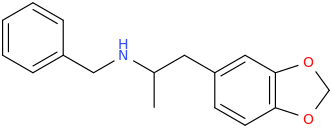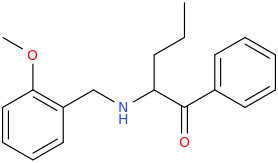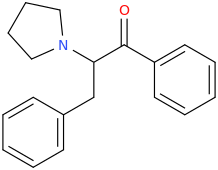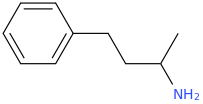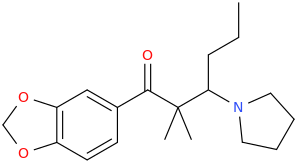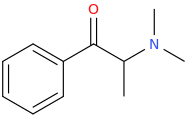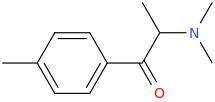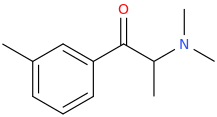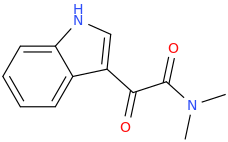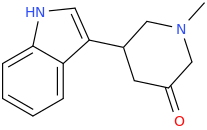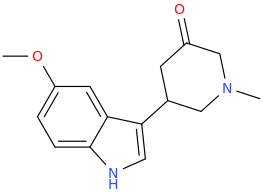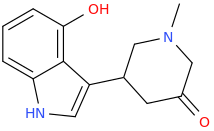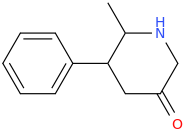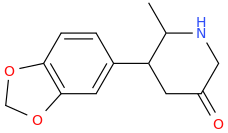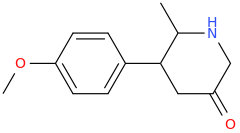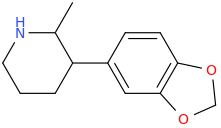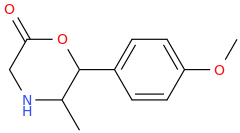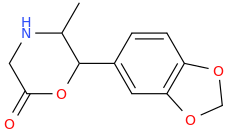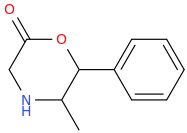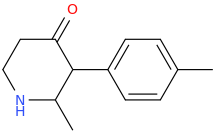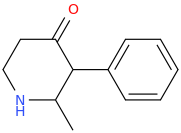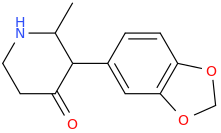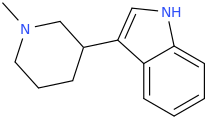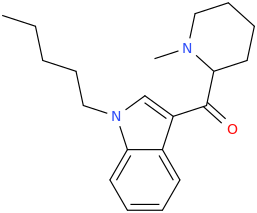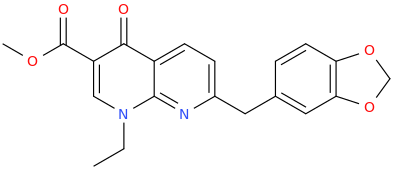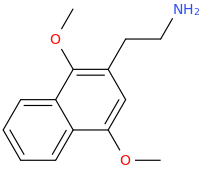I would certainly be interested to read. As with all drug excretion, their is a limiting step. If intake is huge, it could well take a long time for it to be excreted.
I wonder if that rate is faster in dogs? One would imagine that if dozens of them were doped and the effects lasted for weeks, it would be quite evident. Sadly, although the news media of the time reported on the 'White City Scandal', in 1952 I doubt any testing would be possible - especially since the precise nature of the material was unknown.
If memory serves, the bis-sulfonyl class of hypnotic (Sulfonal, Trional, Tetranol) had a very slow onset and very long duration of action. The latter were more lipophilic (so faster acting) and I suspect had a shorter duration of action since those alkyl chains can be more readily oxidized.
